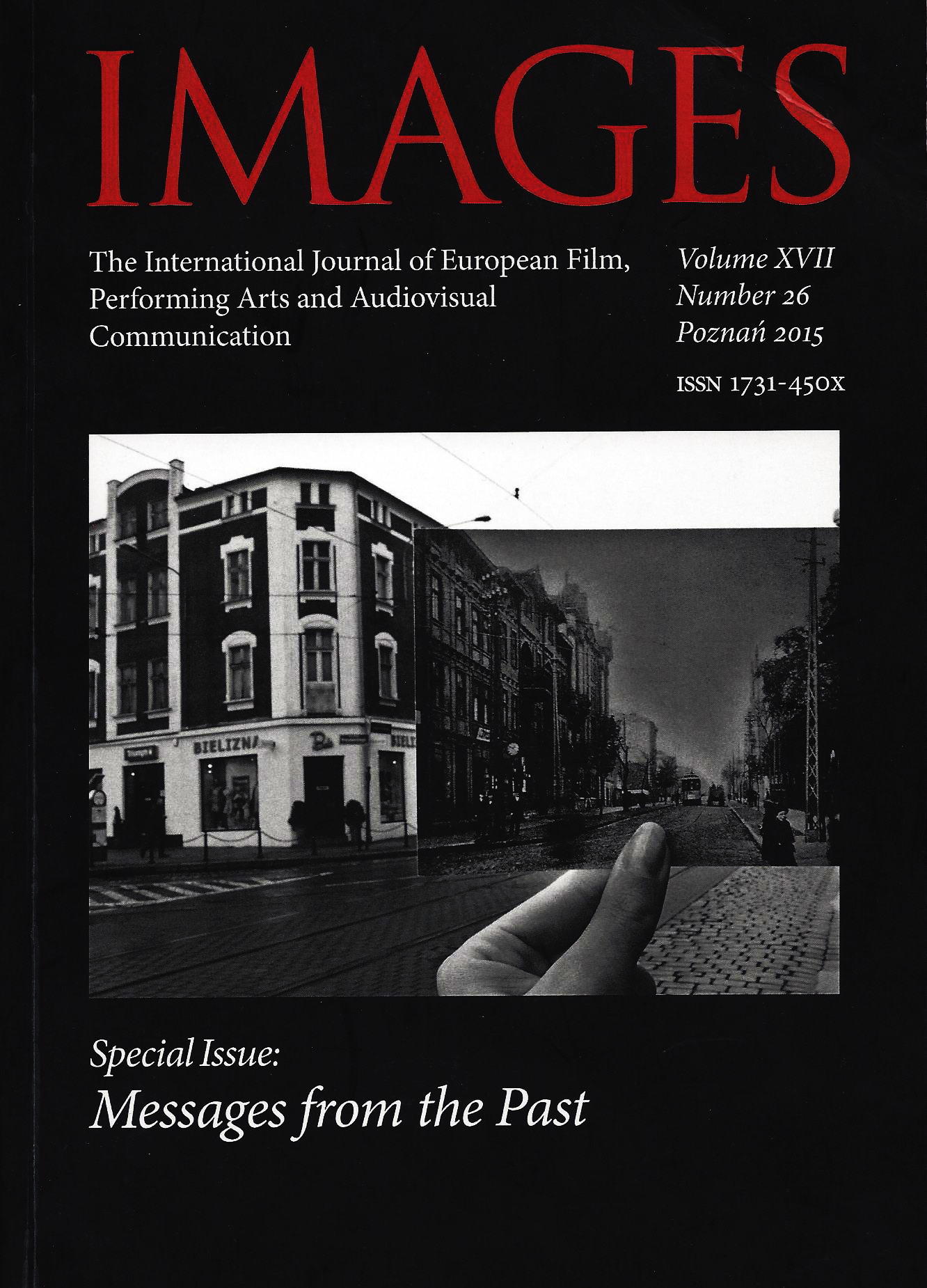The (Restored) Practice of DEFA Co-productions with the “Normalized” Czechoslovak Film Studio in the 1970's
The (Restored) Practice of DEFA Co-productions with the “Normalized” Czechoslovak Film Studio in the 1970's
Author(s): Pavel SkopalSubject(s): Post-War period (1950 - 1989), Film / Cinema / Cinematography, Social Norms / Social Control, Sociology of Art
Published by: Uniwersytet Adama Mickiewicza
Keywords: Co-productions; Eastern Bloc cinema; film industry; film produciton; DEFA studios; Barrandov studios; children movies;
Summary/Abstract: After four co-productions which the East German and Czech studios made from 1957 to 1965, a five-year hiatus in DEFA-Barrandov co-productions took place. During the Czechoslovak New Wave era, the Czech filmmakers gave DEFA the cold shoulder. But the process of “normalization” that took place after the August 1968 Warsaw Pact invasion of Czechoslovakia put both the regimes and the film industry structures back in sync. While the end of independent production groups at DEFA and Barrandov damaged the creative environment and the quality of productions as a whole, it also had an unforeseeable effect: the revival of DEFA-Barrandov co-productions. On the German side, DEFA was interested in help from experienced practitioners, especially scriptwriters. On the Czech side, Barrandov´s filmmakers—now isolated from previous contact with western partners and under strict ideological control—strove to shape the DEFA projects they were offered according to their own criteria. There was thus a harmonization of goals and tools, which worked especially well in the sphere of children movies. This was not only because this type of production rarely crashed against divergent interpretations of the past by the two partners. There were two more important reasons as well: namely, that the dramaturge group for children’s movies was under looser ideological control by Barrandov management; and that the personal continuity with the pre-normalization era was stronger in this group than was the case for other groups. In the 1970s, both studios were motivated to find an effective mode of co-operation.
Journal: Images. The International Journal of European Film, Performing Arts and Audiovisual Communication
- Issue Year: 13/2013
- Issue No: 22
- Page Range: 189-199
- Page Count: 11
- Language: English

